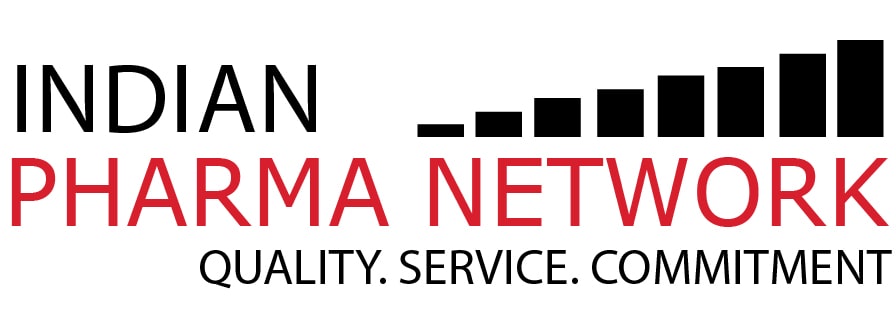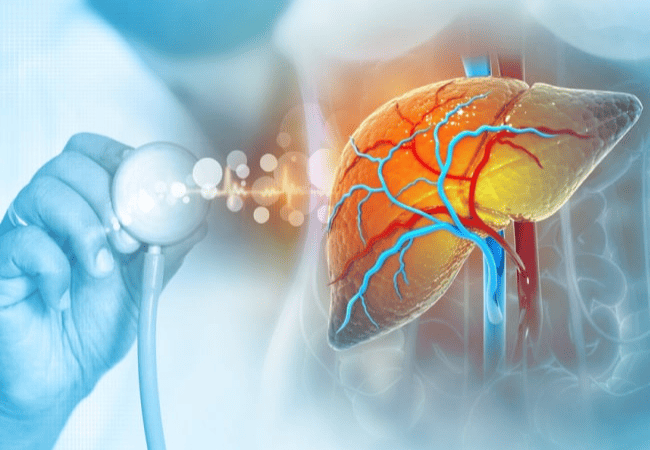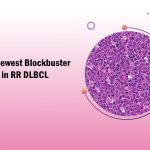Primary biliary cholangitis (PBC), previously known as primary biliary cirrhosis. It is mainly a long-term autoimmune disorder that slowly damages the small bile ducts inside the liver. This damage leads to inflammation and a condition called cholestasis, where bile flow is blocked. Over time, if left untreated, this blocked bile can cause scarring in the liver (cirrhosis) and lead to increased blood pressure in the portal vein (portal hypertension).
Primary biliary cholangitis (PBC) is a serious, chronic liver disease, and early diagnosis is essential for better management.
Symptoms of PBC:
Symptoms of PBC often develop gradually and may vary from person to person. Common symptoms include:
- Fatigue
- Itching (pruritus)
- Dry eyes and mouth
- Jaundice (yellowing of the skin and eyes)
- Upper right abdominal pain
- Swollen feet or ankles
- As the disease progresses, patients may experience more severe symptoms like weight loss, muscle weakness, and darkening of the skin.
Causes of Primary Biliary Cholangitis:
The exact cause of PBC is not fully understood, but it is classified as an autoimmune disorder. This means that the immune system, which normally protects the body from infections, mistakenly attacks its own healthy tissues; in this case, the bile ducts. Some factors that may contribute to PBC include:
- Genetics: Family history can increase the risk of developing PBC.
- Environmental Triggers: Infections or toxins in the environment may play a role in triggering PBC.
- Gender and Age: PBC is more common in women, especially those between the ages of 40 and 60.
Diagnosis of Primary Biliary Cholangitis:
PBC is typically diagnosed through blood tests that check for liver function and the presence of anti-mitochondrial antibodies (AMAs), a key marker in PBC. Imaging tests like ultrasound or liver biopsy may also be used to assess liver damage and confirm the diagnosis.
Differential Diagnosis of Primary Biliary Cholangitis:
Primary biliary cholangitis (PBC) should be considered in middle-aged women with pruritis, jaundice, and abnormal liver function tests. Differential diagnoses include
- biliary obstruction
- primary sclerosing cholangitis
- hepatitis, and drug-induced liver disease causing cholestasis
Staging of Primary Biliary Cholangitis:
The Scheuer staging system categorizes liver disease progression into four distinct stages, helping to evaluate the severity and advancement of liver fibrosis and cirrhosis. Here’s a breakdown of each stage:
Stage 1: Portal Stage – This stage is marked by changes in the bile ducts and/or portal inflammation. The bile ducts may exhibit abnormalities, and inflammation is typically present within the portal tracts.
Stage 2: Periportal Fibrosis – At this stage, fibrosis and/or inflammation extend into the periportal area. The portal tracts may appear dilated, but they remain intact, signaling early fibrosis development around the liver’s vascular structures.
Stage 3: Septal Stage – In this phase, septal fibrosis becomes evident, characterized by the formation of fibrous tissue septa between portal tracts. There may be active inflammation and a reduction in the number of cells within the septa (paucicellular septa), signaling significant liver damage.
Stage 4: Cirrhosis – The most advanced stage, where the liver shows nodules of varying sizes, indicating full-blown cirrhosis. Inflammation may still be present, with the liver exhibiting structural changes and extensive scarring.
Complications of Primary Biliary Cholangitis:
The following complications may arise from primary biliary cholangitis:
- Myelopathy
- Osteoporosis
- Hyperlipidemia
- Renal tubular acidosis
- Liver cancer
- Hypoglycemia
- Malabsorption
- Esophageal motility dysfunction
- Autoimmune thrombocytopenia
Treatment and Management of Primary Biliary Cholangitis:
The primary goal of treating primary biliary cholangitis (PBC) is to slow down the progression of the disease and manage the symptoms and complications related to long-term liver damage caused by chronic cholestasis.
One of the most effective treatments for PBC is ursodeoxycholic acid (UDCA), which is approved by the Food and Drug Administration (FDA). UDCA is a hydrophilic bile salt that works by protecting liver cells from the harmful effects of toxic bile salts and reducing liver inflammation and scarring (fibrosis).
For patients who do not respond adequately to UDCA, obeticholic acid (OCA) is another option. This FDA-approved medication, used alongside UDCA, acts as a farnesoid X receptor agonist. OCA helps reduce alkaline phosphatase (ALP) levels, gamma-glutamyl transferase (GGT), and liver transaminases, which are important markers of liver damage. OCA’s antifibrotic and bile-flow-enhancing properties make it useful in controlling the biochemical aspects of the disease.
In conclusion, both UDCA and OCA play a vital role in managing PBC, especially when started early or used in combination to address non-response to UDCA. However, regular monitoring and individualized treatment plans are essential for achieving the best outcomes for patients.
What is Primary Biliary Cholangitis (PBC)?
Primary Biliary Cholangitis (PBC) is a long-term autoimmune disorder that gradually damages the small bile ducts within the liver. This damage causes inflammation and cholestasis, which blocks bile flow, potentially leading to cirrhosis and portal hypertension if left untreated.
What are the common symptoms of PBC?
Symptoms of PBC often develop slowly and may vary by individual. Common symptoms include fatigue, itching (pruritus), dry eyes and mouth, jaundice, abdominal pain, and swollen feet or ankles. Advanced cases may show weight loss, muscle weakness, and skin darkening.
What causes Primary Biliary Cholangitis?
The exact cause of PBC is unknown, but it is considered an autoimmune disorder where the immune system mistakenly attacks the bile ducts. Genetics, environmental triggers like infections or toxins, and factors like gender and age (more common in women between 40-60) may play a role.
How is Primary Biliary Cholangitis diagnosed?
PBC is typically diagnosed with blood tests that assess liver function and check for anti-mitochondrial antibodies (AMAs). Ultrasound or liver biopsy may also be used to assess liver damage and confirm the diagnosis.
What treatments are available for PBC?
The main goal of PBC treatment is to slow disease progression and manage symptoms. Ursodeoxycholic acid (UDCA) is commonly prescribed for this purpose, while obeticholic acid (OCA) may be used if UDCA alone is not effective. Both medications work to reduce liver inflammation, scarring, and markers of liver damage.
Where can I buy obeticholic acid (OCA) in India?
To buy obeticholic acid (OCA) in India, you can reach out to authorized suppliers like Indian Pharma Network (IPN) with a prescription. For guidance on acquiring OCA legally and safely, consulting healthcare providers or specialized networks like IPN can also help facilitate access.






